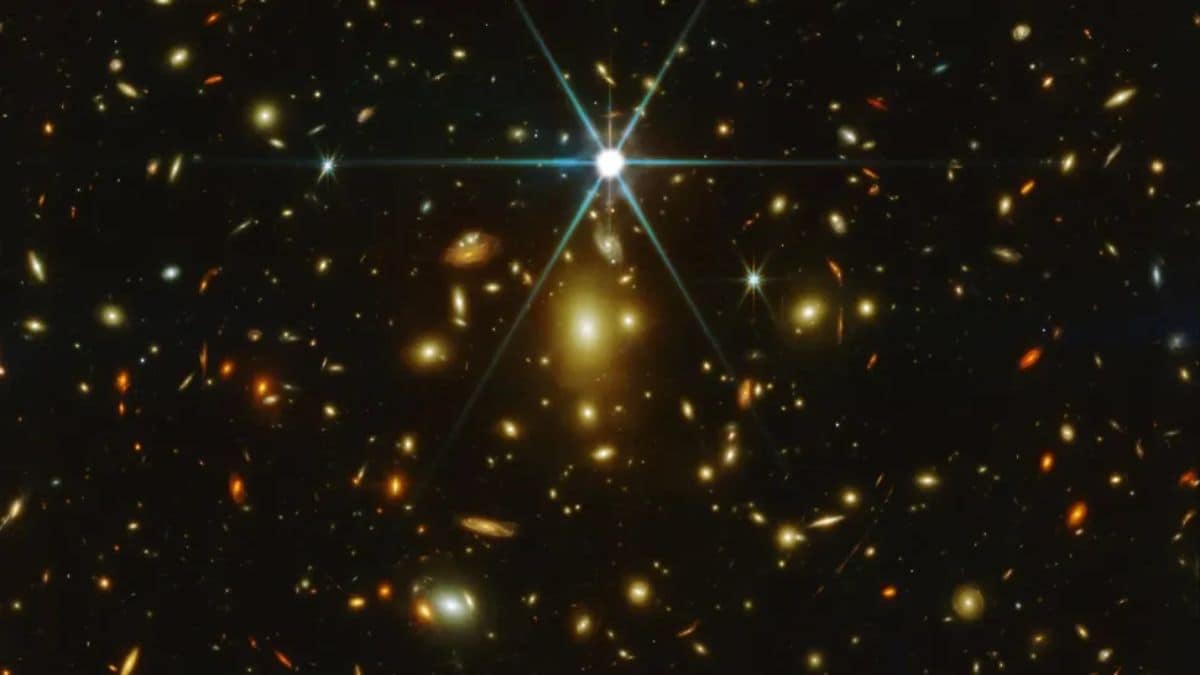The most distant object in the universe ever discovered, Earendel, might not in fact be a lone star as scientists initially assumed. It was spotted on 2022 by the Hubble Space Telescope and appeared to have evolved just 900 million years after the Big Bang, at a time when the universe was a mere infant. But fresh data from the newly launched James Webb Space Telescope (JWST) indicate that Earendel may not be a massive solitary star, but rather a small group of them — a star cluster.
How We Can See It
As per Live Science report , Earendel is located in the Etendeka galaxy of the Sunrise Arc, some 12.9 billion light-years from Earth. We can see it thanks to the effect of a special one known as gravitational lensing. The lensing occurs when a massive galaxy cluster warps and amplifies the light from objects situated much farther away. In this one, Earendel's light was 4,000 times as bright, shining in a way that astronomers would be able to catch it. Such rare alignments lead scientists to wonder if the object is actually more than a single star.
What JWST Found
Preliminary data from JWST had indicated that Earendel might be a very hot and massive star that was shining a million times as bright as the sun, and possibly was even one half of a pair of stars. But fresh spectroscopic data from JWST's NIRSpec instrument resemble the pattern we see in star clusters more closely. That means Earendel might actually consist of many stars burning in unison.
Debate Among Astronomers
This new idea is not accepted by all scientists. Star clusters and individual stars can appear nearly the same, in JWST's resolution,” said Brian Welch, the leader of the team that first found Earendel. He thinks we need more information before anyone can say for sure.
The Next Step
To settle the matter, scientists are trying to watch Earendel for any microlensing, minuscule changes in brightness that could reveal how big it is. A future study with JWST of Earendel may potentially reveal if it is a single star or a star cluster.

Comments
Post a Comment